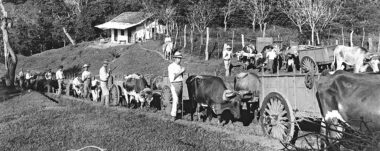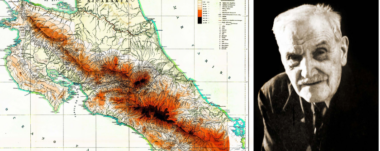El Niño: Causes, Consequences And Impact In Central America
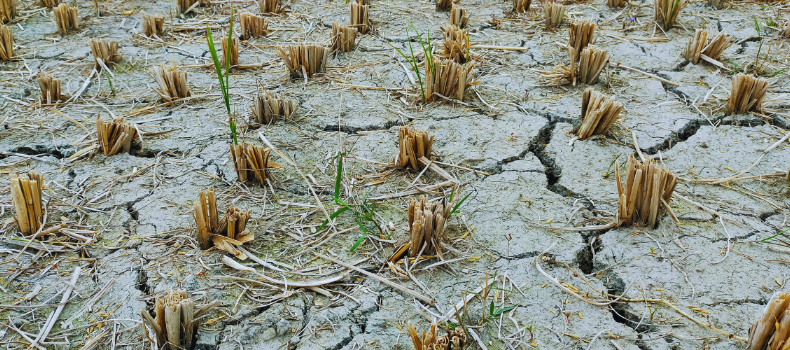
Explores the global impact of El Niño, its causes, consequences and severe effects in Central America, especially in the Dry Corridor.
What Is El Niño?
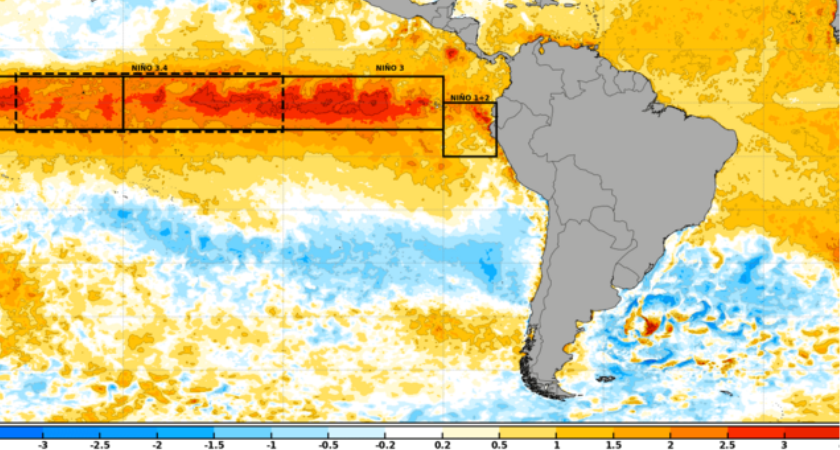
El Niño is associated with the Southern Oscillation, a phenomenon involving fluctuations in air pressure over the eastern and western halves of the Pacific Ocean.
Generally, the atmosphere over the eastern South Pacific is dominated by persistent high pressure, while the western Pacific is dominated by low pressure.
This phenomenon is called “El Niño” because it often manifests itself during the Christmas season in the tropical Pacific region. Its counterpart, La Niña, refers to a cooling of the equatorial Pacific waters.
What happens?
El Niño begins with an unusual warming of the surface waters of the equatorial Pacific. Normally, trade winds blow from east to west, pushing the warm waters westward. During El Niño, these winds diminish or reverse, allowing the warm waters to move eastward.
Warming water changes the global atmospheric circulation. Warm, moist air rises in the eastern Pacific, weakening atmospheric convection in the western Pacific. This can lead to droughts in Australia and Indonesia, while causing heavy rains in South America, contributing to flooding.
El Niño can interact with other weather patterns, such as the North Atlantic Oscillation and the South Atlantic Oscillation. These interactions can amplify or mitigate its effects in various regions of the world.
El Niño is part of a natural cycle that repeats approximately every 2 to 7 years, along with its counterpart, La Niña. Natural variability in the atmosphere and ocean play an important role in the occurrence of these events.
Consequences Of El Niño
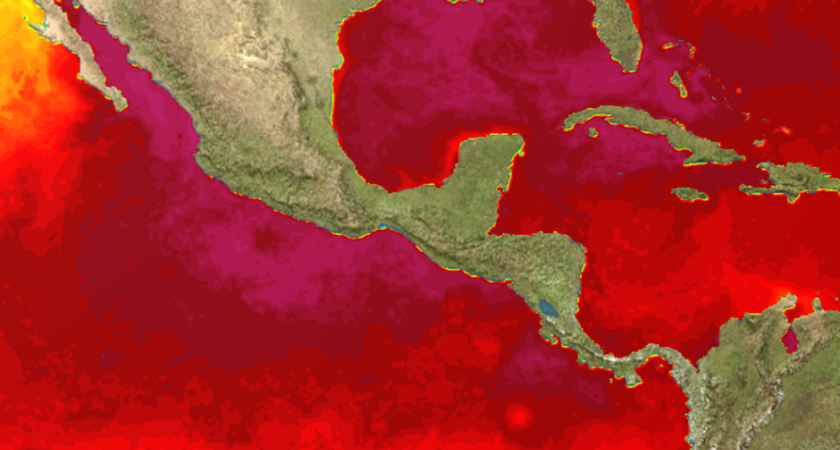
El Niño has a global impact, affecting everything from Canada to New Zealand. Changes in weather patterns can lead to floods, droughts and forest fires. The marine biosphere also suffers significant disruptions.
Impact In Central America
The greatest impact in Central America is felt in the Dry Corridor, a strip of land that runs through Costa Rica, Nicaragua, Honduras, El Salvador and Guatemala. Here, El Niño causes long periods of drought followed by heavy rains, affecting more than 10 million people.
Drought Effects
Between April and November 2023, some 486,000 inhabitants of the Dry Corridor were exposed to severe drought. This drought, followed by irregular rains, affected agriculture and increased food insecurity in the region. In Guatemala, 360,000 hectares were affected, while El Salvador and Honduras suffered significant agricultural losses.
Impact In Costa Rica
In Costa Rica, El Niño caused a 40% rainfall deficit in the Pacific and parts of central Costa Rica. This led to electricity rationing due to low hydroelectric reservoir levels. The Costa Rican Electricity Institute (ICE) activated a rationing protocol to ensure electricity supply to critical sectors.
Sensorial Sunsets
Navigate articles




